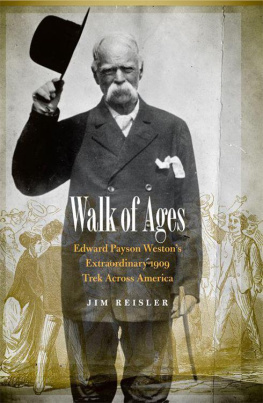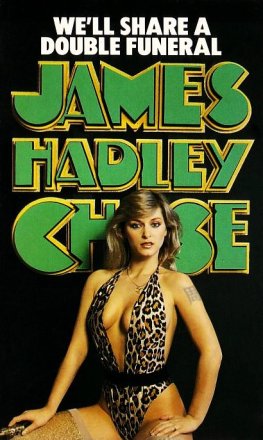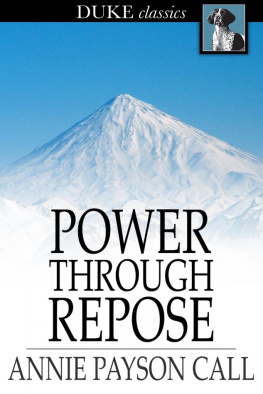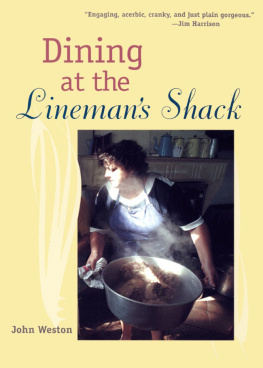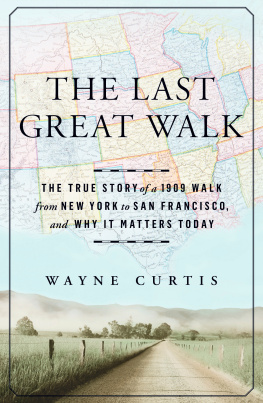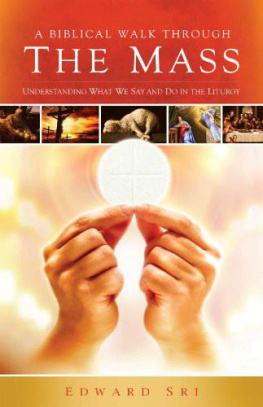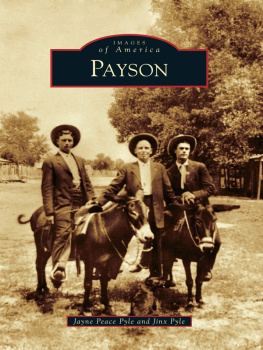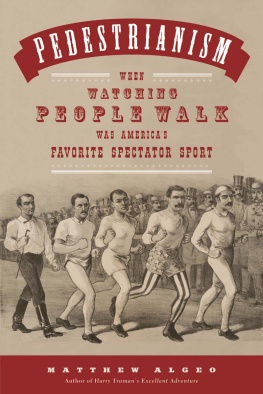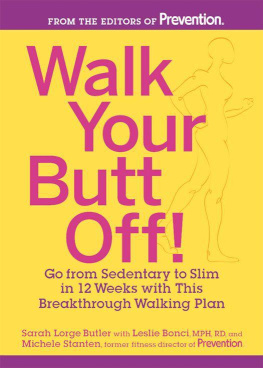Walk of Ages
Walk of Ages
Edward Payson Westons Extraordinary 1909 Trek Across America
Jim Reisler
University of Nebraska Press | Lincoln & London
2015 Jim Reisler
Cover images courtesy George Grantham Bain Collection / Library of Congress, and the authors collection
Author photo courtesy H&H Photographers
All rights reserved
Library of Congress Cataloging-in-Publication Data
Reisler, Jim, 1958
Walk of ages: Edward Payson Westons extraordinary 1909 trek across America / Jim Reisler.
pages cm
Includes bibliographical references and index.
ISBN 978-0-8032-9014-3 (cloth: alk. paper)
ISBN 978-0-8032-8642-9 (epub)
ISBN 978-0-8032-8643-6 (mobi)
ISBN 978-0-8032-8644-3 (web)
1. Weston, Edward Payson, 18391929. 2. RacewalkersUnited StatesBiography. 3. Walking (Sports)United StatesHistory. I. Title.
GV 1072. W 47 R 45 2014
796.51092dc23
[B]
2014026806
The publisher does not have any control over and does not assume any responsibility for author or third-party websites or their content.
Contents
The Breathing Embodiment of Iron Will
The cry arose not from one or two but in concert from several of the dozens gathered in the windswept chill of the mid-March twilight on the eastern edge of Syracuse, New York. Lining a stretch of roadway at the foot of a hill where the pavement from the city turned into the dirt of the old Genesee Turnpike that went all the way to Albany, they bundled against a stiff wind. And they gazed eastward in the gathering dusk.
From the highway came the only sound that wasnt wind. Faint, very faint at first, it grew steadily louder. A relatively new sound, it was mechanical, the thrump-thrump-thrump of an automobile slowly headed their way. Edging into view, the car looked at first like an ant on the horizon as it steadily chugged through the mud and slop of the highwayfollowed by the faint figure of a man trudging steadily, a bit stubbornly, and seemingly in a hurry. Breasting a hill and drawing ever closer, the mans profile sharpened. He was clad in long pants tucked into knee-length leather boots and wore several layers of clothing. Atop his head was an oversized bushmans hat crushed on to white, silvery hair. Most revealing was his face: thickly mustached, it showed a man elderly in years who was tramping along at the pace of someone decades younger.
He was the reason everyone was here. He was close now, and people were eyeing him clearly, prompting a mighty cheer from the crowd who quickly surged forward as he went by, threatening to engulf his route and requiring the lead car to clear a path to let the man through. With that, a blue-garbed cordon of Syracuse policemen, including Chief Martin Cadin, fell into step ahead of the man of the hour to escort him through the hubbub and onto the blessed pavement of the streets and into the city. Passing houses now, the man drew a steady rumbling of cheers from clumps of people gathered on front porches and street corners and leaning out of windows just to watch him go by. Weston! they shoutedah, so that was his nameto which the old man would often turn and wave his big hat in acknowledgment while plowing ever onward, not stopping nor breaking stride.
It was a sight. A collection of people had gathered on the edge of the city during the cold evening of Monday, March 22, 1909, just to lay eyes on a man walking. Why such admiration for a man who was clearly just passing through? He couldnt have been a politician; they stop, shake hands, and give speeches. If he was some kind of athlete, he wasnt the kind you generally read about in the papers. That was the province of lithe, spry sportsmen of younger, far younger years, like the twenty-two-year-old Detroit Tigers sensation Ty Cobb, who had just hit .324 in 1908 and won his second American League batting title; or the sensational boxer Jack Johnson, who less than three months ago had outlasted Tommy Burns to take the heavyweight crown. This craggy, white-haired gent with a walrus mustache who dressed as though he were on safari didnt fit the mold. This man Weston was old.
...
Striding through eastern Syracuse toward the middle of town, Weston kept his pace, still doffing his cap as policemen continued to lead the way. Now carrying a lantern to help him in the enveloping darkness, he headed from the Genesee Turnpike to Forman Park and then down Jefferson and several side streets to Grace Will Congregational Church. Then, quite suddenly, he was finished, disappearing inside the church, where he went directly to a rear room for a rest. Weston deserved every blessed minute of peace; he had left Utica at five minutes past midnight and walked all the way to Syracuse, a total of fifty-six miles, in a single daymore than most of us walk in a year.
Nothing of importance occurred on the road during the day, Weston said later, as if he had done little more than go the grocery store. But plenty had happened. Unable to sleep since 11:00 a.m. Sunday, Weston had rested that day and walked all Monday on those roads he described as execrable. That was his way of saying his boots had sunk all day into the roads gooey red clay, making it impossible to establish firm footing and cover more than three miles per hour. It was like mucilage, Weston told friends that evening, and whenever I pulled out a boot, it sounded like a cows hoof coming out of the mud. Throw in a steady, strong wind, a painful leg injury causing him to limp in his last miles, and a prolonged lack of sleep.
But these were everyday challenges for seventy-year-old Edward Payson Weston. Americas greatest walker, or pedestrian, was in day seven of the most ambitious, audacious, and physically taxing feat of his long career. The days walk to Syracuse meant he had covered 331 miles since starting the trip on his birthday, March 15, in New York City, for an average of more than 47 miles a dayslightly less than the 52-plus daily miles he averaged two years before on a walk from Portland, Maine, to Chicago. At an age when most were content to get their exercise by walking to the mailbox, Weston was in the midst of footing it some 3,900 miles from New York all the way to San Francisco and trying to get there in one hundred days. The days wind and the mucilage of the road were typical of what he faced so far. Ahead was just about every other impediment imaginable, from mountains, snow, rain, sleet, intense heat, and mind-numbing cold to nasty dogs, menacing vagrants, aching body parts, as well as cars, those new contraptions that seemed to be filling up the roads.
But Weston had defied the odds for years. Walking, or pedestrianism, was his profession, an unusual career he had launched nearly a half century ago in America by walking 478 miles in the dead of winter from Boston to Washington DC . Twenty-two at the time, Weston had walked, he said, as a penalty for losing a bet over the outcome of the 1860 presidential election won by Abraham Lincoln. As part of the payoff, Weston had to reach the U.S. Capitol in ten days and in time for Lincolns inauguration, but he arrived a few hours late, bitterly disappointed that he had missed the ceremony. He made the most of things anywaytaking in the tail end of an inaugural ball and, some days later, meeting the new president himself. Along the way, Weston attracted enormous attention and then went underground for a time by serving as a Union spy, often reserving his espionage workand walkingfor the dead of night. And a legend was born.
On October 29, 1867, at age twenty-eight, Weston launched his professional walking career by accepting a challenge from a walking club in Maine to walk from Portland to Chicagosome 1,326 milesin thirty days. Weston made it, even though he never walked on Sundays as a promise to his mother, and beat the deadline this time, by an hour and twenty minutestaking home a purse of $10,000, a colossal amount for its day. In hindsight, walking was the easy part: Weston achieved his first big professional success amid rumors that he was in cahoots with New York gangsters on a massive betting scam. All along the route, he balanced a rollercoaster of extremes from death threats and atrocious weather to riotsyes, riotsover people trying to get close, as if he were a rock star.
Next page
